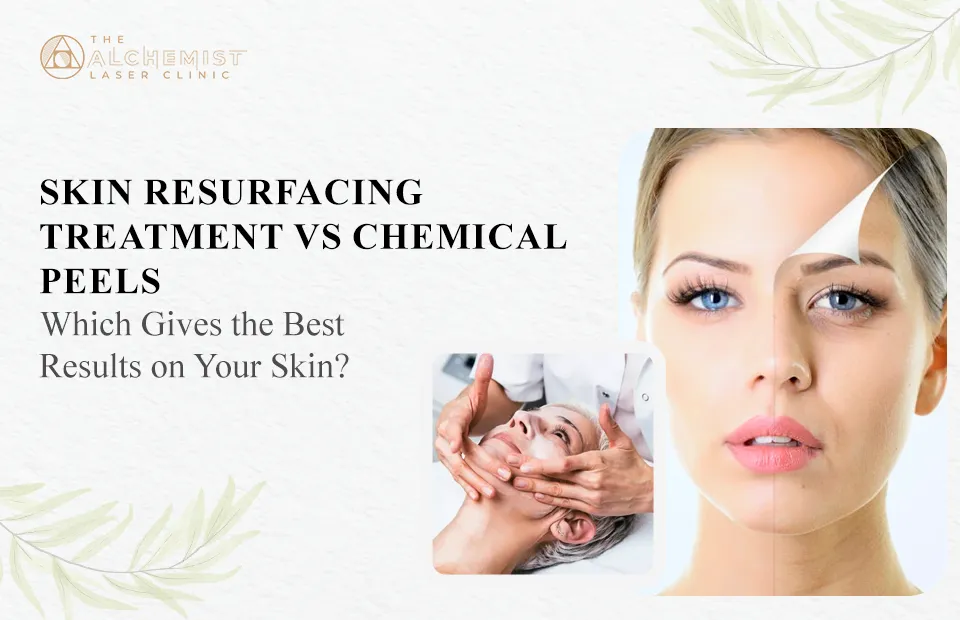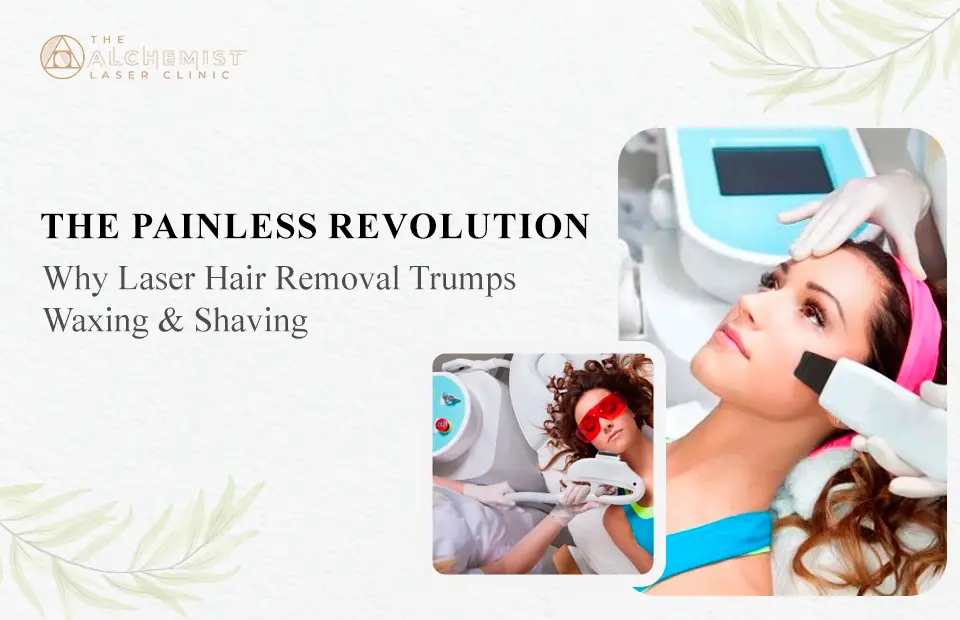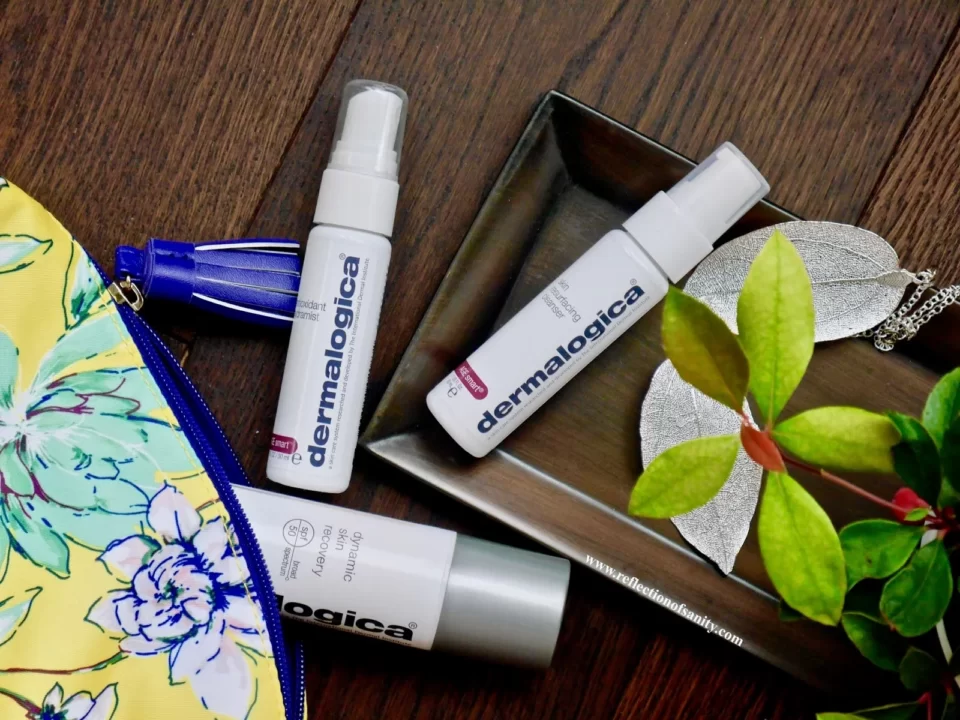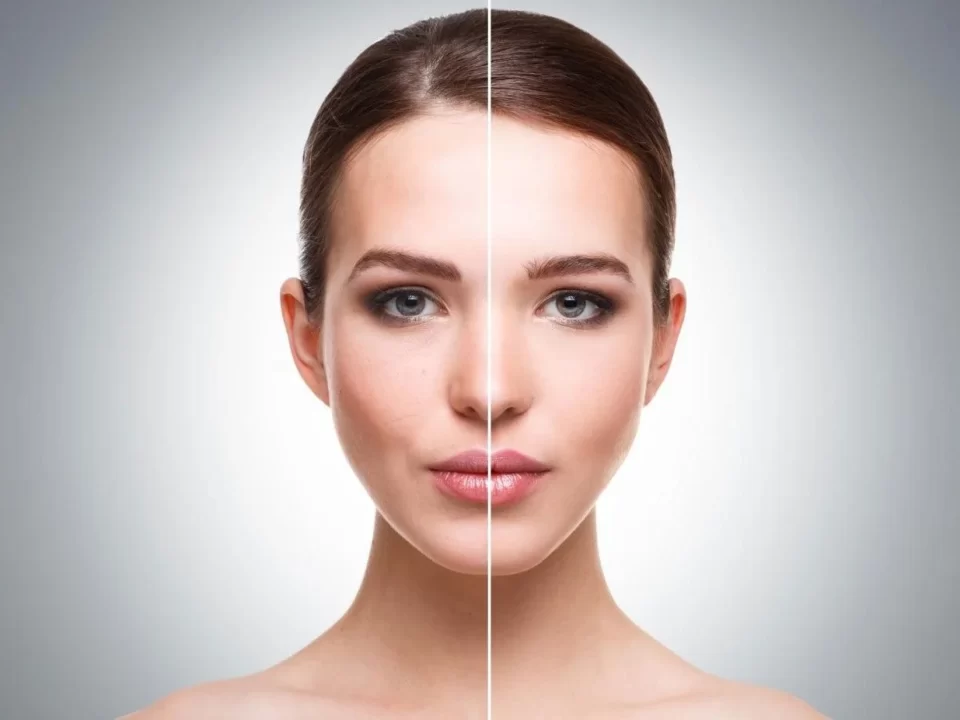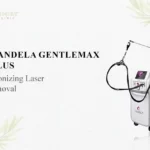
The Candela GentleMax Pro Plus: Revolutionizing Laser Hair Removal
October 17, 2023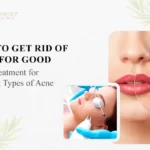
How to Get Rid of Acne for Good: Laser Treatment for Different Types of Acne
October 27, 2023Skin resurfacing is a process that removes skin layer by layer with precision. The new skin cells that are formed during healing give the skin a tighter and give you a younger looking surface. This can be done through many different procedures such as laser skin resurfacing treatment, chemical peels, dermabrasion, micro needling etc. Skin resurfacing treatments are a proven and effective way to help you reduce wrinkles, age and sun spots, acne scars, and other blemishes. They also tighten skin and give it a refreshed look. Lasers have the potential to be the next big thing in medicine and aesthetics. The effects of laser skin resurfacing have been studied in depth and it has been proven to be safe and effective. With so many options available, It is indeed hard to know where to start researching the kind of treatment that is the best for you.
What is Laser Skin Resurfacing?
This is a technique that directs short, concentrated pulsating beams of light at the skin for long-term effects and smoother skin. This procedure removes skin very precisely layer-by-layer, by vaporising it. Lasers remove the outer layer of your skin which is called the epidermis and heats the layer below it called the dermis. New collagen fibres are stimulated through these skin resurfacing treatments, which reveals fresh skin without texture and marks. An ideal candidate for skin resurfacing treatment is someone with deep pitted scars, uneven skin pigmentation or sun damaged skin, who has tried other lesser invasive treatments like serums but they have not helped their skin much. However, anyone with active acne, deep wrinkles or sagging skin should not go for laser skin resurfacing as this can worsen the skin concern. An appointment with specialists beforehand should take place so the pros and cons of the procedures and expectations and possible side effects can be discussed at length by the client.
Two types of laser skin resurfacing are as follows;
Erbium Laser Skin Resurfacing
Erbium laser resurfacing is a type of laser procedure which removes the superficial and deep lines and wrinkles on your face. This is a more conservative approach to aesthetic medicine and should require only local anaesthetic instead of a sedative. This laser can also be used on other parts of your body with similar issues like your hands, neck or chest. A very important benefit of erbium laser skin resurfacing treatments is minimal injury of surrounding tissue which makes it very attractive for the clientele. This treatment also has far lesser side effects than other laser procedures like CO2 lasers which cause swelling, bruising and redness. Hence, the recovery time for erbium laser skin resurfacing is particularly short and easy to go through.If you have a darker skin tone, erbium laser resurfacing may be the treatment suggested to you by your dermatologist.Recovery time may range from five to seven days.
Fractional Laser Skin Resurfacing
Fractional laser resurfacing is a procedure which delivers narrow columns of laser light to your skin resulting in skin tightening as the collagen between the laser holes contracts. The risk for this procedure is the greater risk of complicated healing and scarring due to deep penetration of the laser skin resurfacing treatment. Recovery time with fractional laser skin resurfacing can vary from a week to two weeks. Your doctor will usually determine which type of laser resurfacing treatment is best for you after a full evaluation of your medical history, current physical condition and desired results. This procedure has been used for many years to treat different benign and malignant skin conditions successfully.
Chemical Peels for Skin Resurfacing
Chemical peels are made of a combination of chemicals consisting of exfoliants which are applied to the skin for instant brightening effects. After the procedure, the skin might be irritated in the beginning but after a couple of days, it appears fresh and rejuvenated. There are different types of chemical peels depending on their intensity. Chemical peels are also a kind of skin resurfacing treatments which might make the skin sensitive to sunlight in the first few days but stimulate collagen production for younger looking skin in the long run. It can also improve the appearance of certain conditions such as acne and fine lines. Chemical peels can also be used for different parts of the body according to the concerns of the client. However, chemical peels are not recommended if you have a history of abnormal skin scarring or need to be in the sun for long periods of time.
Laser Skin Treatment vs Chemical Peels, Which one is Better?
The desired treatment for your skin type should be the one which is recommended by your dermatologist and aesthetician as it depends on a variety of factors including your skin type, medical history, genetic history etc. Chemical peels, in general, are cheaper than laser skin resurfacing treatments and a greater amount of investment is needed if you decide to go for the laser procedure for your skin. However, the results of a chemical peel might need multiple sessions to show up but laser treatments last for a longer period of time. Strong chemical peels are not recommended for people with skin sensitivity or allergies as it can damage their skin. Laser skin resurfacing treatments, on the other hand, target skin in a precise way and are far more controllable as compared to chemical peels in the depth of their effects.
In conclusion, the decision of choosing skin resurfacing treatments for yourself should not be taken before consulting your dermatologist and aesthetician in detail. Your full medical history and skin type are some of the factors that should be weighed in while deciding which treatment is better for you. Chemical peels are a cheaper way to get a brighter skin tone but may not suit people whose skin reacts harshly to chemicals. Laser skin resurfacing is a better option for people with sensitive skin. It is also important to consider different reviews by your friends and family who have undertaken either of the treatments. It also helps to make a comprehensive plan with the specialists about your sessions and possibility of side effects.


